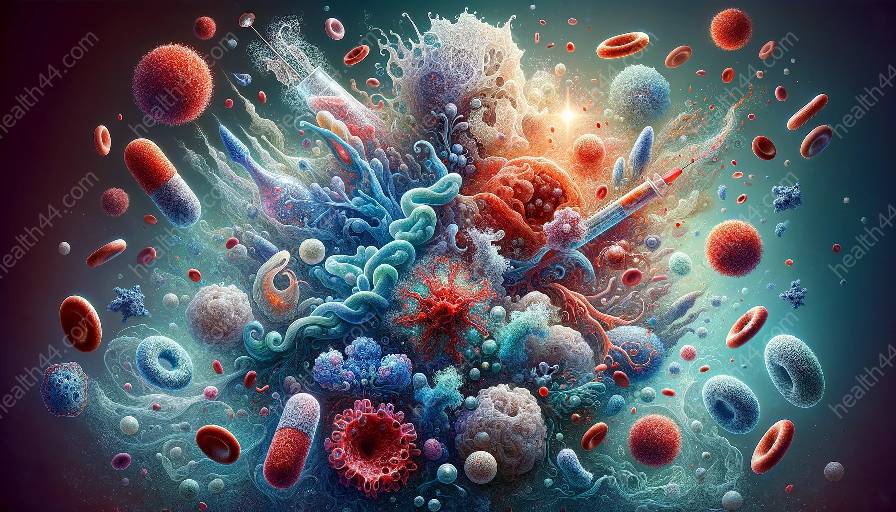Innate immunity plays a crucial role in defending the body against pathogens and maintaining homeostasis. Monocytes and macrophages are key players in the innate immune system, functioning as the first line of defense against invading microorganisms, and also as mediators of tissue homeostasis, repair, and regeneration. Understanding their role in immunology is essential for comprehending the body's defense mechanisms.
Monocytes: The Movers and Shakers
Monocytes are a type of leukocyte, or white blood cell, that are produced in the bone marrow and circulate in the bloodstream. They are known for their ability to differentiate into macrophages, as well as dendritic cells, depending on the microenvironment they encounter. Monocytes act as patrol units, continually surveying the body for signs of infection, injury, or abnormal cell growth. Once they detect a threat, monocytes swiftly migrate to the site of inflammation or infection, where they undergo a process called extravasation to enter the affected tissue and transform into macrophages.
Macrophages: The Versatile Sentinels
Macrophages are specialized immune cells derived from monocytes that play a critical role in the innate immune response. They are found in all tissues of the body, where they carry out various functions essential for immune surveillance and tissue maintenance. Macrophages are known as phagocytes, meaning they have the ability to engulf and digest foreign particles, such as bacteria, viruses, and cellular debris. This process, known as phagocytosis, allows macrophages to eliminate pathogens and prevent their spread within the body.
Moreover, macrophages are involved in the initiation of the inflammatory response by releasing signaling molecules, such as cytokines and chemokines, which recruit other immune cells to the site of infection or injury. These signaling molecules also regulate the immune response and promote the clearance of pathogens by activating other immune cells. Macrophages also participate in antigen presentation, a crucial process for activating the adaptive immune system, by displaying foreign antigens to T cells, thereby initiating an acquired immune response.
Immunology: Understanding Monocytes and Macrophages in Action
Immunology is the study of the immune system, encompassing the cells, molecules, and mechanisms involved in the body's defense against pathogens and the maintenance of physiological health. Monocytes and macrophages feature prominently in immunology due to their multifaceted roles in innate immunity and immunoregulation.
The activation of monocytes and their differentiation into macrophages is tightly regulated by various signaling pathways, such as toll-like receptors (TLRs) and cytokines, in response to specific pathogen-associated molecular patterns (PAMPs) and damage-associated molecular patterns (DAMPs). These activation signals trigger a cascade of cellular and molecular events that enhance the antimicrobial functions of monocytes and macrophages.
Role in Tissue Repair and Homeostasis
Besides their role in pathogen clearance, monocytes and macrophages contribute to tissue repair and homeostasis. Upon migration to damaged or inflamed tissues, macrophages release growth factors and extracellular matrix components to facilitate tissue regeneration. They also participate in the clearance of apoptotic cells and cellular debris, thus preventing the development of chronic inflammation and promoting tissue healing.
Conclusion
Monocytes and macrophages are integral components of the innate immune system and fundamental in maintaining tissue homeostasis and responding to infection or injury. Understanding their functions and regulatory mechanisms in immunology is critical for developing strategies to modulate the immune response, treat immune-related diseases, and harness the potential of these cells for therapeutic purposes.


